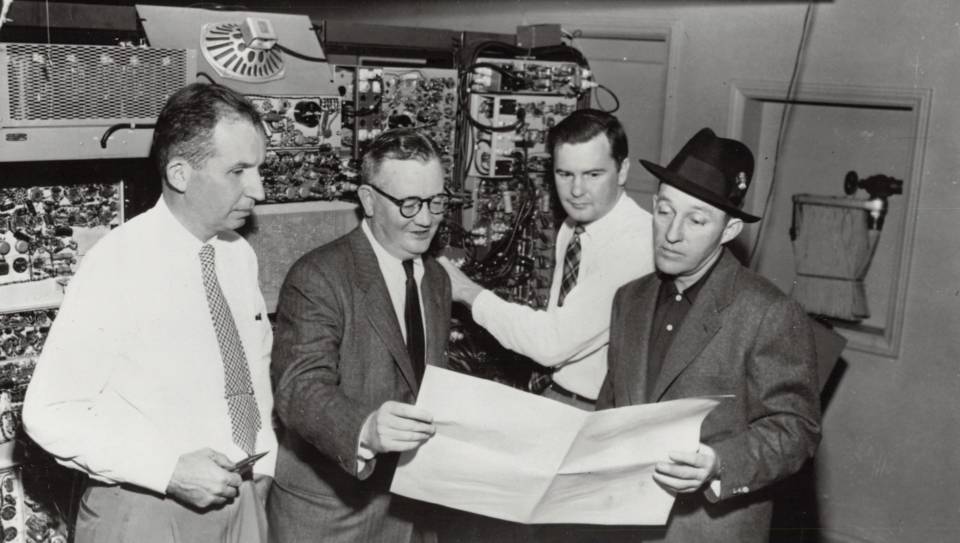Editor's Note: Kris Trexler is a two-time Emmy award winning video/film editor who has worked on shows like "In Living Color" (Fox), "Ellen" (ABC), and "Titus" (Fox). You can find this story and more like it on his blog, King of the Road.
Video
YearAdded:
Image Credit:
Image Caption:
Era_date_from:

YearAdded:
Image Credit:
Image Caption:
Era_date_from:
UNTIL RECENTLY, RE searchers into pre-World War II television had only contemporary descriptions and blurry still photos of glowing screens to rely on. Now, however, a Scotsman named Donald F. McLean has managed to extract moving images from television signals that were recorded onto shellac phonograph disks as early as 1927—when most people were still getting used to radio.
YearAdded:
Image Credit:
Image Caption:
Era_date_from:
By:
Fall 2020 | Volume 26, Issue 3
Editor's Note: Kris Trexler is a two-time Emmy award winning video/film editor who has worked on shows like "In Living Color" (Fox), "Ellen" (ABC), and "Titus" (Fox). You can find this story and more like it on his blog, King of the Road.
Bing Crosby and Louis Armstrong were among the…
By:
Fall 2020 | Volume 26, Issue 3
A fledgling television industry discovered magnetic audiotape after World War II thanks to an Army Signal Corps major named Jack Mullin (left) and a determined singing star who wanted to be able to tape his weekly radio show — Bing Crosby (right). Stanford University
Brig. Gen. David…
Summer 2001 | Volume 17, Issue 1
UNTIL RECENTLY, RE searchers into pre-World War II television had only contemporary descriptions and blurry still photos of glowing screens to rely on. Now, however, a Scotsman named Donald F. McLean has managed to extract moving images from television signals that were recorded onto shellac…


